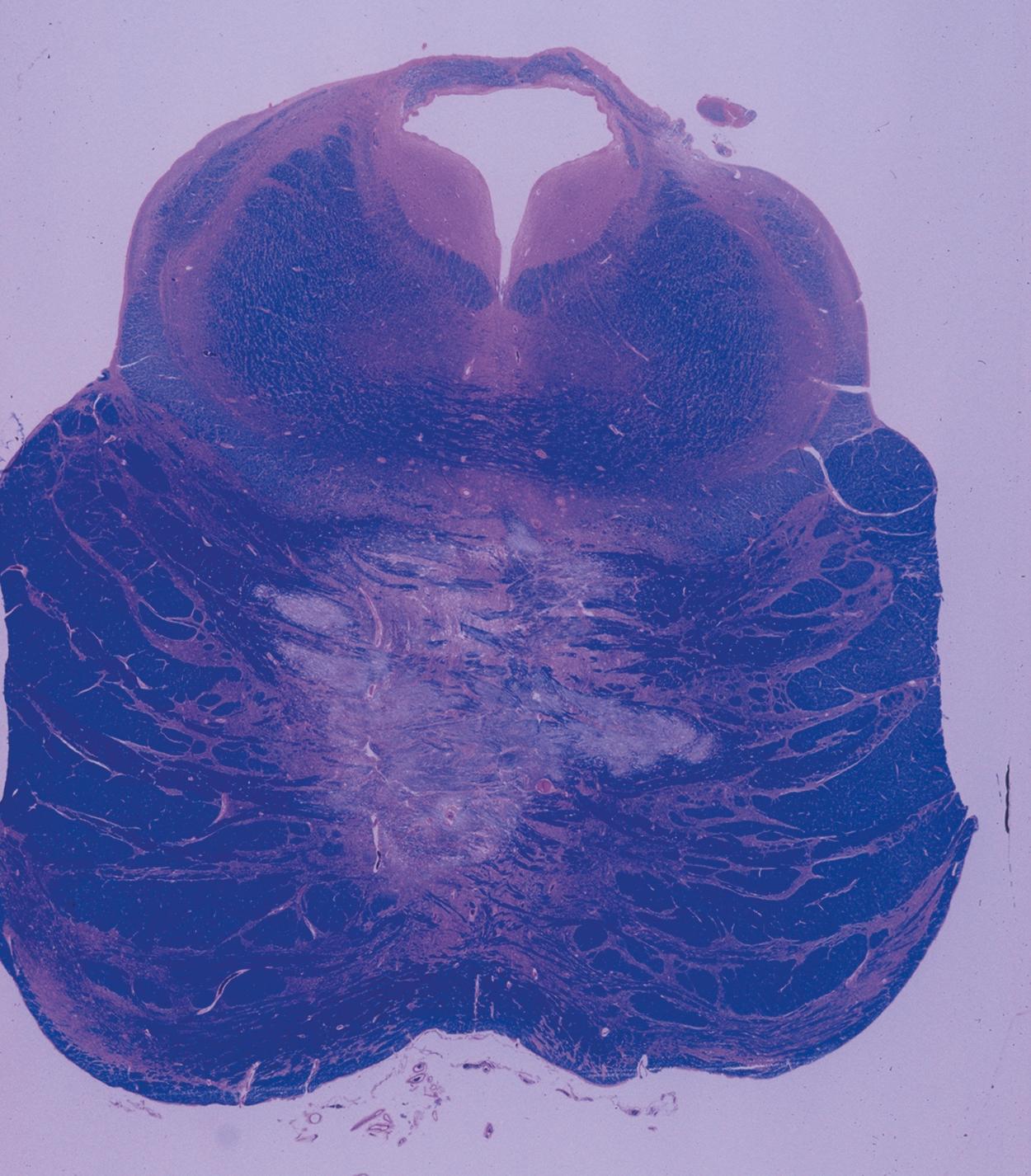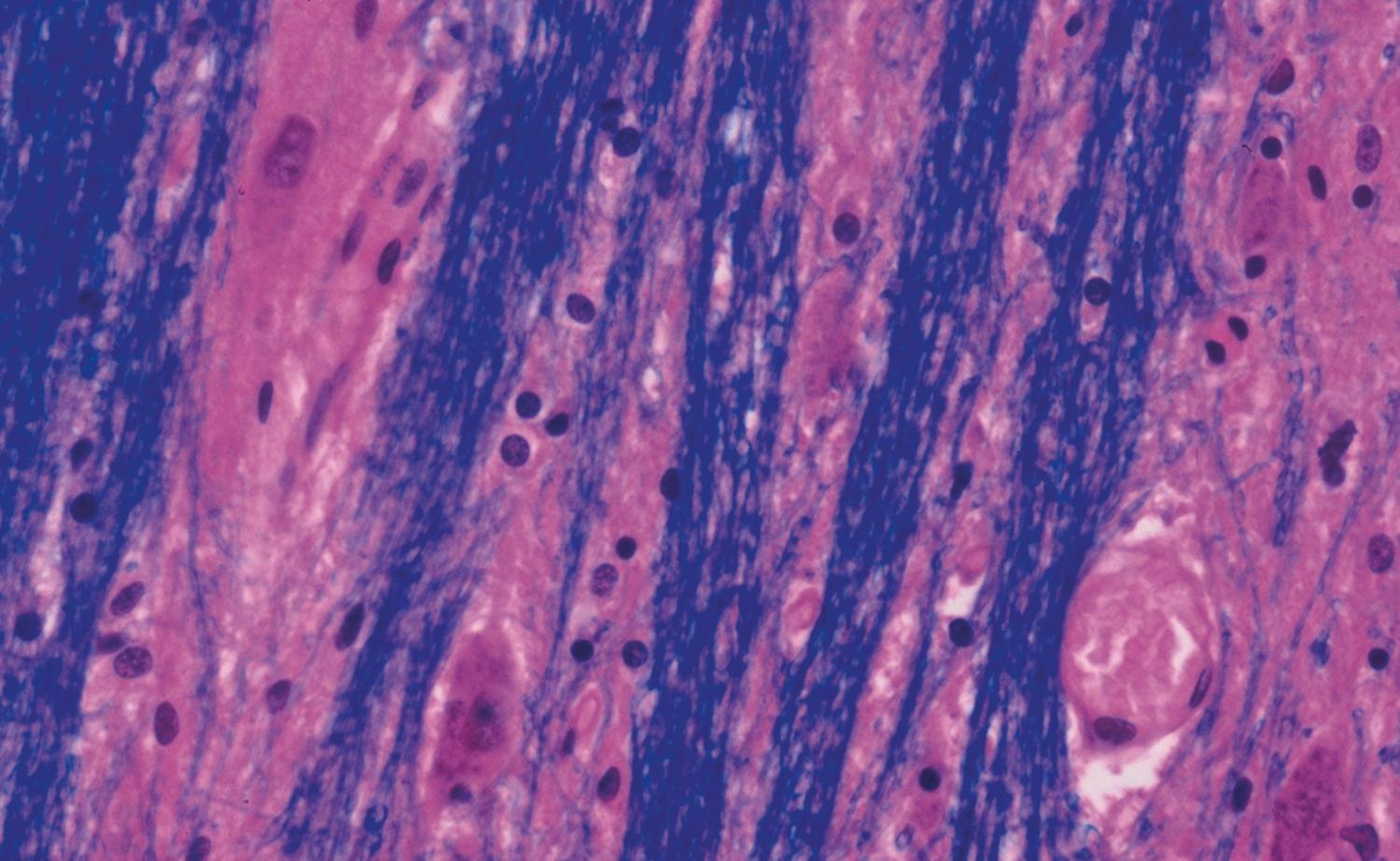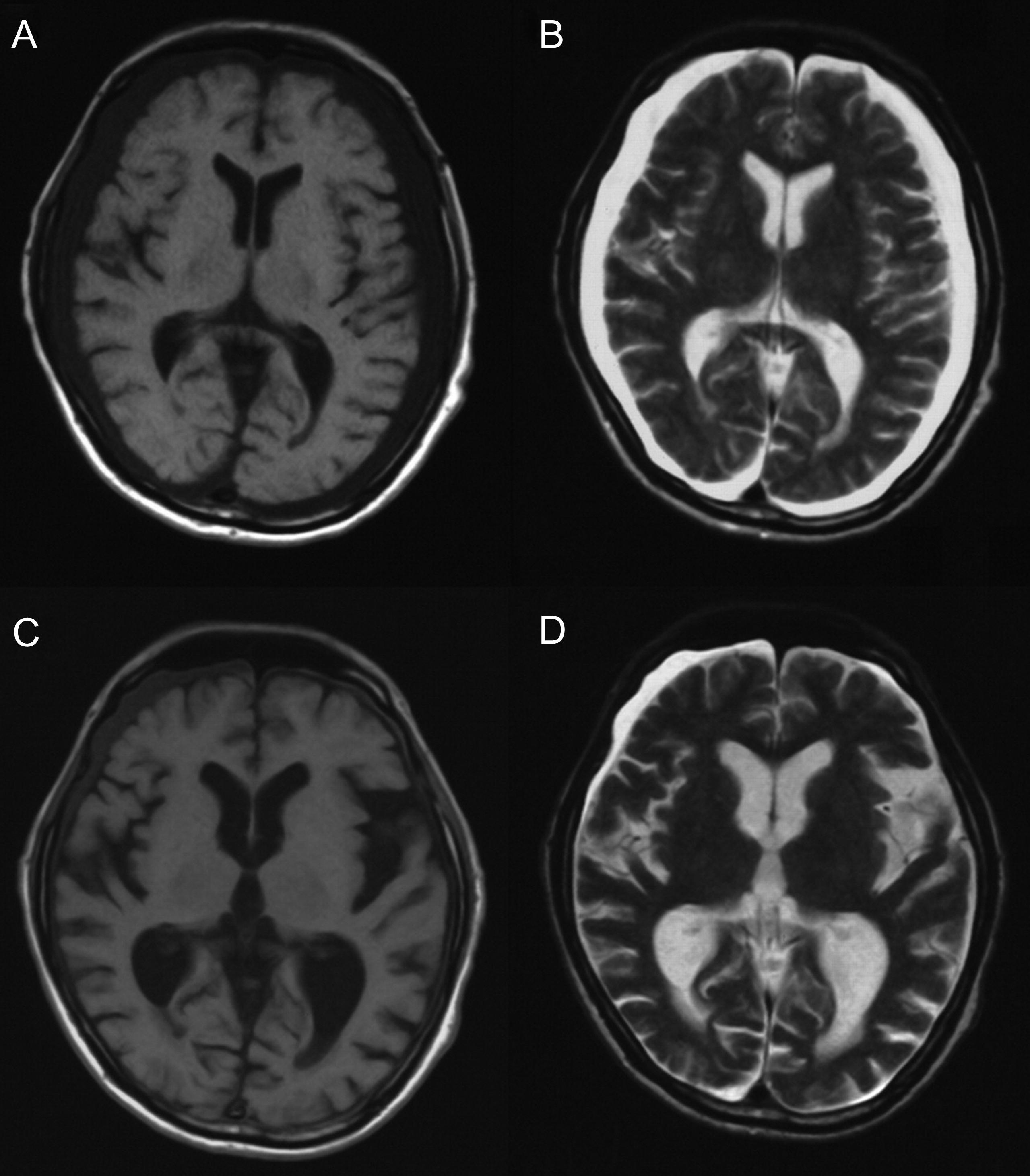Physical Address
304 North Cardinal St.
Dorchester Center, MA 02124
Electrolyte disturbances are frequent and associated with a variety of central and peripheral neurologic manifestations. Electrolyte disturbances are usually secondary processes related to a primary metabolic or endocrine disorder. Effective management requires prompt identification and treatment of the underlying primary disorder, and correction of the electrolyte abnormality. Neurologic consequences of electrolyte disorders are usually functional rather than structural. Consequently, the neurologic manifestations of electrolyte disturbances are often reversible, particularly if corrected and effectively managed at an early stage. The neurologic manifestations of abnormalities of serum sodium, potassium, calcium, and magnesium are reviewed.
Extracellular fluid volume is directly dependent on total body sodium, the principal osmotic component of that fluid compartment. Consequently, most patients with hyponatremia are also hypo-osmolar, and those with hypernatremia are hyperosmolar. The symptomatic neurologic manifestations of serum sodium abnormalities typically involve the central, rather than the peripheral, nervous system. Neurologic manifestations are generally the consequence of hypo-osmolarity in hyponatremia and hyperosmolarity in hypernatremia. Slow changes to sodium, even to extreme values, infrequently produce symptoms due to the brain’s adaptation to serum osmolality. Rapid sodium change, up or down, produces characteristic neurologic symptoms.
Hyponatremia is defined as a serum sodium level of less than 135 mEq/L. It is most often associated with hypo-osmolarity and is classified into three categories based on whether extracellular fluid volume is decreased, normal, or increased. Hypo-osmolar hyponatremia with hypovolemia results from renal sodium loss (e.g., from diuretic usage, mineralocorticoid deficiency, salt-losing nephropathy, or osmotic diuresis) or extrarenal sodium loss (e.g., from vomiting, diarrhea, or third-space losses). Hypo-osmolar hyponatremia with normovolemia (no edema) results from conditions such as the syndrome of inappropriate secretion of antidiuretic hormone (SIADH), glucocorticoid deficiency, hypothyroidism, and stress. It can also occur in response to various drugs, including carbamazepine and psychotropic agents. Hypo-osmolar hyponatremia with excess extracellular fluid (edema) occurs in conditions such as cirrhosis, cardiac failure, nephrotic syndrome, and acute or chronic renal failure. Other less common variants include hyponatremia with normal osmolarity (pseudohyponatremia), which occurs in the setting of hyperlipidemia or hyperproteinemia, and hyponatremia with hyperosmolarity , which occurs in the setting of hyperglycemia.
The separation of hypo-osmolar hyponatremia into these three categories based on the extracellular fluid volume status has therapeutic implications. In normovolemic and hypervolemic hypo-osmolar hyponatremia, the fundamental principle of therapy is water restriction. In hypovolemic hypo-osmolar hyponatremia the basis of therapy is replacement of water and sodium (generally with isotonic saline or lactated Ringer solution). Overall, the rate of sodium correction should be no more than 6 to 12 mEq/L in the first 24 hours.
Among hospitalized patients, hyponatremia is the most common electrolyte abnormality that occurs. Hyponatremia is associated with increased risk of death, more likely discharge to short- or long-term care facility, and longer length of stay. However, these associations may reflect the seriousness of underlying disorders rather than the hyponatremia itself.
Neurologic symptoms related to hyponatremia are seen much more frequently in patients with acute, rather than chronic, hyponatremia. For example, a serum sodium concentration of 130 mEq/L might produce neurologic symptoms if it developed rapidly, whereas a serum sodium concentration of 115 mEq/L might be asymptomatic if it developed very slowly. An alteration in mental status is the most common neurologic manifestation of hyponatremia and ranges from mild confusion to coma. Patients with underlying neurodegenerative disorders and those of advanced age are particularly susceptible to delirium from even small changes in serum sodium. This hyponatremic encephalopathy may be associated with nonspecific generalized slowing on the electroencephalogram. As the level of serum sodium decreases, the risk of seizures increases. The occurrence of convulsions in the setting of acute hyponatremia (typically with a serum sodium concentration less than 120 mEq/L) can portend a high mortality rate. The occurrence of seizures in patients with acute hyponatremia represents a medical emergency and necessitates rapid, but only partial, correction of the serum sodium concentration. Control of hyponatremic seizures can be obtained by the judicious use of 3 percent saline (4 to 6 mL/kg) in an attempt to raise the serum sodium concentration by small 3 to 5 mEq/L increments. When hypertonic saline is used, it is prudent to check the serum sodium levels every 2 to 4 hours.
Occasionally, focal neurologic signs and symptoms are seen in the setting of hyponatremia and include hemiparesis, monoparesis, ataxia, nystagmus, tremor, rigidity, and aphasia. These focal abnormalities can represent aggravation of an underlying structural lesion and often remit with resolution of the hyponatremia. Such focal deficits require neuroimaging even if they fully resolve with sodium correction. The central nervous system (CNS) manifestations of acute hyponatremia are related to cerebral edema and displacement of brain amino acids, although mechanisms are being studied. Although occasional muscle twitches, fasciculations, and cramps may be seen in acute hyponatremia, muscle symptoms are not common.
Hyponatremia associated with limbic encephalitis is characteristic of anti-LGI1 encephalitis. Patients with this disorder also present with faciobrachial dystonic seizures. This form of voltage-gated potassium channel encephalitis is important to recognize in order to promptly initiate anti-inflammatory therapies.
Hyponatremia frequently develops in patients with subarachnoid hemorrhage. There is controversy on whether hyponatremia is associated with symptomatic cerebral vasospasm and cerebral infarction. One classic study of 134 patients showed that 27 out of 44 patients who developed hyponatremia also developed cerebral infarctions. The authors emphasized that fluid restriction, the typical strategy to treat SIADH, was dangerous in these patients. Guidelines have cited this evidence in describing a link between hyponatremia and morbidity in subarachnoid hemorrhage. However, recent studies have shown contradictory results. In one study of 198 patients, hyponatremia was not associated with worse neurologic outcomes. Rather, patients with sodium variability of or exceeding 6 mEq/L had increased cerebral infarction and worse functional outcomes. These fluctuations may occur in patients with either hyponatremia or hypernatremia. Further study in larger cohorts of patients is needed to understand the involved mechanisms.
Therapeutically, hyponatremia is typically treated with oral or intravenous sodium repletion in an attempt to restore or maintain normovolemia. Fluid restriction in patients with subarachnoid hemorrhage is discouraged because these patients usually do not have SIADH. Rather, their hyponatremia is more likely to be due to cerebral salt wasting. In a prospective study of 21 patients with aneurysmal subarachnoid hemorrhage, plasma volume decreased by more than 10 percent in 11 of the patients. Serum sodium decreased in 9 of the 21 patients. Plasma volume decreased by more than 10 percent in 6 of 9 patients with hyponatremia, and a similar decrease occurred in 5 of 12 patients with normal serum sodium. Eight of the 9 patients with hyponatremia had a negative sodium balance, whereas only 4 of the 12 patients with normal serum sodium had a negative sodium balance. Finally, 10 of the 12 patients with a negative sodium balance had a decrease in plasma volume exceeding 10 percent. Therefore, fluid restriction instituted to correct hyponatremia attributed to presumed SIADH may exacerbate an already volume-depleted state and subject patients to a greater risk of ischemic cerebral damage from vasospasm.
Central pontine myelinolysis was recognized as a distinct clinical entity in 1959 in four cases, occurring on a background of alcoholism and malnutrition. Its pathologic features involve a symmetric noninflammatory demyelination in the base of the pons with relative sparing of neurons and axons. The classic clinical presentation includes pseudobulbar palsy and spastic quadriparesis. Following the original description, many additional cases were reported in rapid succession, suggesting that central pontine myelinolysis is not a rare disorder. Many cases were not associated with alcoholism or malnutrition. It may, for example, occur in subjects with extensive burns or liver transplants. By 1964, the relatively high frequency of subclinical lesions ( Fig. 17-1 ) was noted, and this was validated by many subsequent reports. The history of the recognition and pathogenesis of central pontine myelinolysis has been summarized elsewhere.

Rapid sodium correction of more than 12 mEq/L per day causing central pontine myelinolysis was popularized by a paper published in 1986. Sterns and colleagues noted neurologic complications in eight patients whose serum sodium had been corrected by more than 12 mEq/L per day. Conversely, patients with hyponatremia that was corrected more slowly made uncomplicated recoveries. In a review of the literature, those authors found 80 patients with severe hyponatremia (less than 106 mEq/L). Of these 80 patients, enough detail was reported in 51 to determine a maximal rate of correction of serum sodium. In 39 of 51 patients who were corrected rapidly (greater than 12 mEq/L per day), 22 (58%) had some type of neurologic complication. Of these 22 patients, 14 (64%) were suspected of having central pontine myelinolysis. Of the 13 patients who were corrected slowly (less than 12 mEq/L per day), none experienced a neurologic complication. The authors concluded that the risk of central pontine myelinolysis was greatest in patients with chronic hyponatremia, where a judicious correction strategy should be employed. Experimental animal models have confirmed the occurrence of demyelination after rapid sodium correction. In dogs and rats, demyelination follows rapid correction of sustained, vasopressin-induced hyponatremia with hypertonic saline.
The label osmotic myelinolysis has been suggested in preference to central pontine myelinolysis because of the well-recognized occurrence of extrapontine myelinolysis. This myelinolysis occurs in areas of the brain characterized by an extensive admixture and apposition of gray and white matter. Although the pathogenesis of osmotic myelinolysis remains undefined, the topography of oligodendrocytes may play a role. Oligodendrocytes in these vulnerable areas are predominantly located within adjacent gray matter rather than within the white matter bundles ( Fig. 17-2 ). Because gray matter is much more vascular than white matter, oligodendrocytes in this location may be more vulnerable to serum osmotic shifts.

A judicious approach to the correction of chronic hyponatremia is urged, especially in cases where the sodium has been chronically depressed. There is no justification for using hypertonic saline to treat asymptomatic hyponatremia, or to rapidly correct hyponatremia to levels above 120 to 125 mEq/L in significantly symptomatic hyponatremia. The rapid re-induction of hyponatremia has shown unclear benefit in animals and humans; therefore, it should not be employed routinely to prevent or treat osmotic demyelination syndrome. Corticosteroids, myo -inositol, immunoglobulin, and thyrotrophin-releasing hormone have all been suggested as possible treatments of or preventive measures for the syndrome, with little evidence to recommend such therapies. The lack of proven treatment for this disorder further emphasizes the need to avoid its occurrence by slow correction of hyponatremia.
Hypernatremia is serum sodium concentrations above 160 mEq/L. It is most frequently encountered in the very young or very old. In infants, fluid loss due to gastroenteritis is a common cause. In the elderly, dehydration resulting from an inability to obtain water because of debilitation is the most frequent cause. Diabetes insipidus rarely presents with severe hypernatremia unless the patient is also denied access to water. Structural lesions (e.g., gliomas and metastatic tumors) in the hypothalamic thirst center are an uncommon cause of hypernatremia in patients with neurologic disease.
Altered mental status is a frequent manifestation of hypernatremia and ranges from lethargy to coma. Pathologic studies suggest that osmotic forces present during the development of hypernatremia, particularly when acute, may produce shrinkage of brain parenchyma. This may result in parenchymal hemorrhages or tearing of bridging veins, producing subdural hematomas or subarachnoid hemorrhage. For example, Fig. 17-3 shows a patient with acute hypernatremia before ( A , B ) and after treatment ( C , D ). The patient was a 73-year-old man who presented with altered mental status, vomiting and tremor 12 hours after ingesting soy sauce in a suicide attempt. Serum sodium was 188 mEq/L and serum osmolarity was 314 mOsm/kg H 2 O. MRI images (T1 left and T2 right) showed brain shrinkage and subdural fluid collections bilaterally. After sodium was corrected, imaging showed that the brain volume had been restored.

An initial mortality rate of 20 percent and an incidence of permanent brain damage of more than 33 percent have been noted in children with severe hypernatremia. Seizures may occur in the setting of hypernatremia and paradoxically may be more frequent during rehydration. These hypernatremic seizures may be related to either focal hemorrhages that occur during the development of hypernatremia or cerebral edema that may develop during rehydration. Rigidity, tremor, myoclonus, asterixis, and chorea have also been associated with hypernatremia. Transient thalamic signal changes on MRI have been seen with severe hypernatremia. Neuromuscular manifestations of hypernatremia are much less frequent. Rhabdomyolysis and episodic muscle weakness have been reported. Treatment of symptomatic hypernatremia typically involves administration of hypotonic fluids to correct the free water deficit, using caution to avoid rapid correction.
Become a Clinical Tree membership for Full access and enjoy Unlimited articles
If you are a member. Log in here